Introduction
In a world where time races by and schedules dictate our days, there's a magnetic pull towards the open road—a yearning for freedom, discovery, and the untold stories hidden in every mile. Why do road trips hold an irresistible allure? They offer a gateway to liberation, a canvas for spontaneous adventures, and a sanctuary away from life's predictable routine.
Road trips embody a cherished form of exploration, inviting us to swap the familiar for the unknown. This article serves as a guidebook, unveiling the essentials of road-tripping, from packing tips to vehicle readiness, preparing you for an unforgettable road adventure.
What is a Road Trip

A road trip, often spelled as roadtrip, refers to a lengthy journey primarily taken by car. It's a mode of travel that involves traversing great distances, exploring diverse landscapes, and connecting various destinations via roads and highways. This form of travel embodies freedom, spontaneity, and the thrill of discovery, allowing travelers to craft their adventures and create lasting memories along the way.
How to Plan a Road Trip
Key to a successful road trip lies in meticulous planning. The following steps will guide you in crafting your personalized road trip plan:
1. Identify Your Desired Scenery

Nature's beauty varies widely—from mountains and beaches to deserts, farms, national parks, and urban landscapes. It's challenging to cover all these landscapes in a single road trip, so start by pinpointing your preferred scenery. Research online guides or seek advice from friends who've been there. Get your bearings straight before mapping your driving route.
2. Set Your Budget

Establishing a budget before diving into route planning helps define your scope of activities. A significant advantage of road trips is their flexibility in cost management. Divide your budget across various segments such as accommodation, food, and beverages. Decide early on whether you'll stay in hotels or opt for car accommodations. If choosing hotels, pre-booking prevents running into a 'fully booked' situation. For car stays, plan parking spots in advance, ensuring they offer ample facilities like accommodation options, gas stations, eateries, and even shopping, while also considering their operational hours.
3. Use Road Trip Planning Tools
Once your directions are set, the planning groundwork is laid. Various travel tools can assist in plotting your route:
- Google Maps: A popular choice among travelers, it not only helps locate destinations but also customizes routes to avoid tolls, add detours, spot landmarks, and circumvent traffic congestion.
- Books and road atlases: Road atlases provide a comprehensive view of landscape distribution in a region, revealing interesting roadside stops, mountain ranges, streams, and more.
- Other useful apps: Many travel apps cater to different aspects of the journey. Explore reviews and download those suitable for a personalized travel plan.
4. Ensure Your Power Supply
Another crucial point to consider during a road trip is ensuring a reliable power supply. Most road trip routes traverse remote areas with sparse human presence. This situation necessitates addressing the issue of charging various devices in your vehicle. Having a portable solar generator ensures freedom from the anxiety of device batteries draining during travels.

The Pegiant MItos Y700 solar generator will be an ideal on-the-go power solution for your road trip. This innovative crossbody bag-style portable power station boasts a 307Wh capacity and 700W power output. Its advanced charging technology swiftly charges from 0% to 80% in just 50 minutes, ensuring quick and efficient journeys. Using LFP batteries internally guarantees a reliable service life of up to 10 years. Additionally, its integrated BMS management system prioritizes safety during everyday usage. Featuring multiple ports, it can power up to 10 devices simultaneously. The EPS mode enables seamless switching within 20 milliseconds, preventing unexpected power disruptions.

Coupled with the Pegaint MItos PV100 solar panel, renowned for its high 22.5% conversion rate, it delivers a continuous power source wherever and whenever you travel.
5. Inspect Your Vehicle

The vehicle is the heart of any road trip. Before setting off, conduct a comprehensive check to ensure its optimal functioning and enough fuel to prevent mid-trip surprises. To perform a thorough check on your vehicle, continue reading.
What Should You Inspect on Your Vehicle Before Going on a Road Trip
Ensuring your vehicle's optimal condition is crucial for a seamless road trip. Follow these steps to conduct a comprehensive check on your vehicle:
1. Check the Tires
To ensure optimal traction throughout your journey, start by thoroughly inspecting your tires. The tread levels should be the first one. Even if there's enough tread, look for signs of uneven wear. This avoids needing tire rotation services without access to service providers during the trip.
2. Refuel or Replace
Open the hood and check the vehicle's fuel level, filling up the tank as needed. To better protect the engine, consider changing the oil before departure if it's been a while. At the very least, inspect and top up the following fluids: engine oil, transmission fluid, windshield washer fluid, brake fluid, coolant, and power steering fluid. Keep a small bottle of essential car fluids in the trunk, especially engine oil, for emergencies.
3. Inspect the Lights
After dark, seek help from family or friends to check if your headlights (low and high beams), taillights, and turn signals are functioning properly.
4. Replace Wiper Blades
Weather during road trips can be unpredictable. New wiper blades significantly enhance visibility and safety while driving. Carry a spare set even if you don't plan to replace them immediately.
5. Check the Brakes
Brakes are crucial for safe driving. Before departure, thoroughly check and test the brakes to ensure they have at least 70% functionality (preferably more). Consider professional service or replacement if necessary.
6. Professional Inspection and Maintenance
The most direct approach is to take your car to a professional auto shop for comprehensive inspection and maintenance. If any dashboard light comes on, please ask the staff to find out the specific cause of the fault and solve it promptly. Replace any worn components and note any potential problems discovered during the inspection. This is to prepare adequately and ensure a smooth journey as much as possible.
What to Pack for a Road Trip

Now that you've got your plans in place and ensured your car's in good shape, it's time to start packing! Here is a packing list just for reference when taking a road trip:
- Vehicle Documents: Driver's license, registration, and proof of insurance.
- Roadside Emergency Kit: Spare tire, tire jack, jumper cables, flashlight, basic tools, and a first-aid kit.
- Navigation and Communication: GPS device or navigation app, road maps, and a portable phone charger.
- Maintenance and Safety Items: Car manuals, windshield wipers, fluids (like oil and coolant), and basic car maintenance tools.
- Comfort and Convenience: Snacks, drinks, a cooler for perishables, tissues, wet wipes, and trash bags.
- Clothing and Personal Items: Weather-appropriate clothing, comfortable shoes, sunglasses, sunscreen, and hats.
- Entertainment and Miscellaneous: Road trip playlists or music, books, travel games, camera or smartphone for photos, and any specific items based on your interests (camping gear, outdoor equipment, etc.).
- Accommodation and Overnight Stays: Reservation confirmations for hotels, motels, or campsites, if applicable. Sleeping bags, tents, or camping gear for overnight stays.
- Health and Wellness: Medications, personal hygiene items, insect repellent, and any necessary medical supplies.
Remember to adapt this list based on the specifics of your trip, like the duration, destination, and activities planned. Tailoring the checklist to your needs ensures a smoother and more enjoyable road trip experience.
What to Do on a Road Trip
To add a little fun to your road trip and create more happy memories, we’ve also put together a list for when you need to kill some time on the road:

1. Road Trip Games:
- License Plate Game: Try to spot license plates from different states or countries.
- Name That Tune: Hum or sing a snippet of a song; others try to guess the song or artist.
- Alphabet Game: Find words starting with each letter of the alphabet on road signs or billboards.
2. Entertainment Accessories:
- Audio Books or Podcasts: Pre-download interesting podcasts or audiobooks for entertainment.
- Travel-Sized Board Games: Games like chess, checkers, or magnetic board games for compact fun.
- Coloring Books and Pencils: Relax with coloring books for adults or kids.
- Puzzle Books: Sudoku, crosswords, or word searches for mental stimulation.
- Tablet or Portable DVD Player: For watching movies or series during breaks.
3. Interactive Activities:
- Scavenger Hunt: Prepare a list of items to spot along the way and check them off as you find them.
- Photography Challenge: Set themes for photos to capture during the trip (e.g., nature, roadside attractions).
4. Snacks and Treats:
- Snack Buffet: Organize a variety of snacks in the car for periodic munching.
- DIY Trail Mix: Mix nuts, dried fruits, and candies for personalized snacks.
- Healthy Bites: Carrot sticks, apple slices, or other fresh treats for a healthier option.
These games and activities are not only enjoyable but also foster camaraderie among travelers, making the road trip a memorable and entertaining experience for everyone involved.
Conclusion
A road trip offers a deep and immersive journey beyond typical travel experiences. It empowers people to discover the world's beauty at their own speed. Through detailed planning, proper preparation, and embracing the road's flexibility, one can truly uncover the essence of a road trip—an adventure brimming with discovery, spontaneity, and enduring memories.

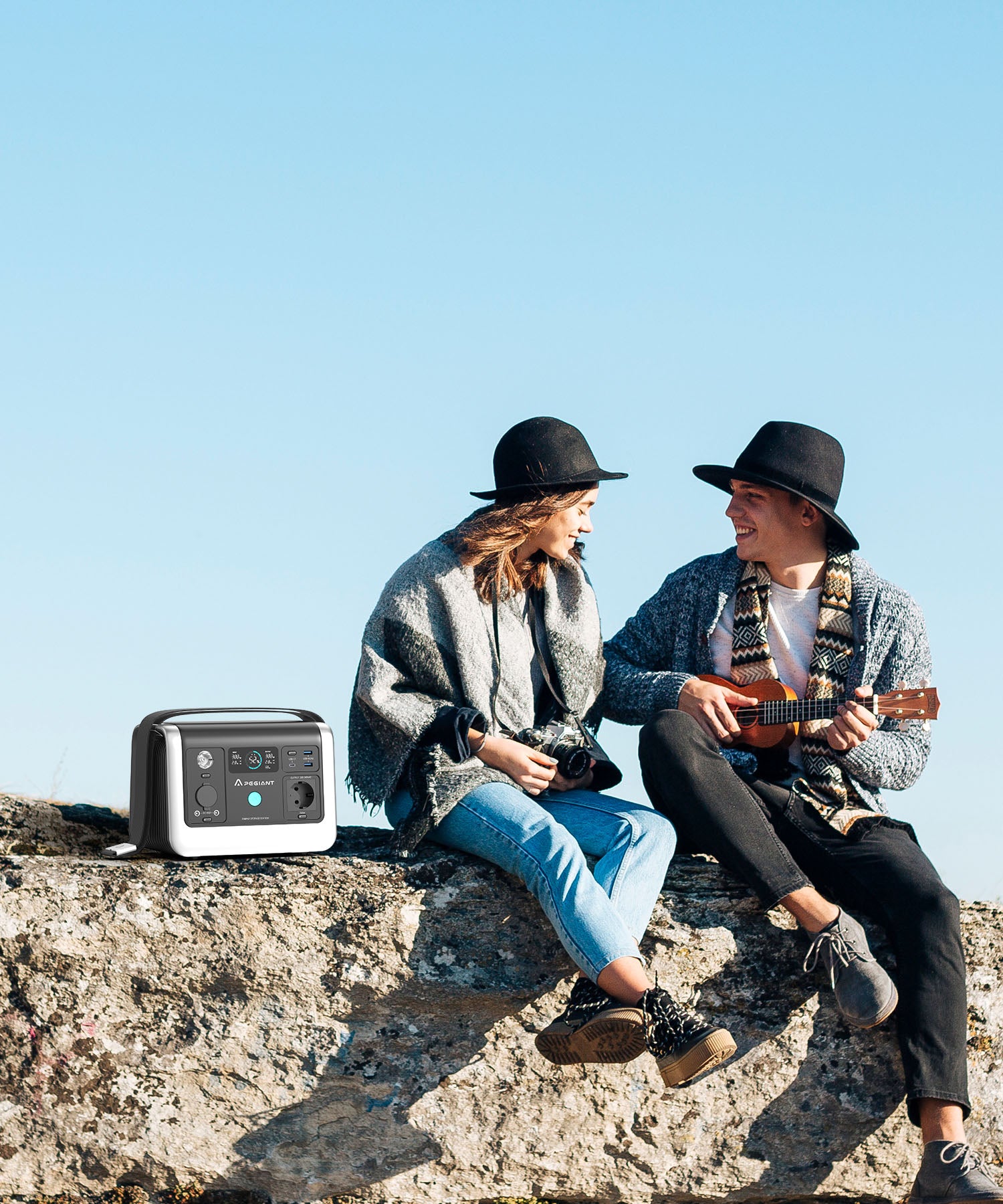
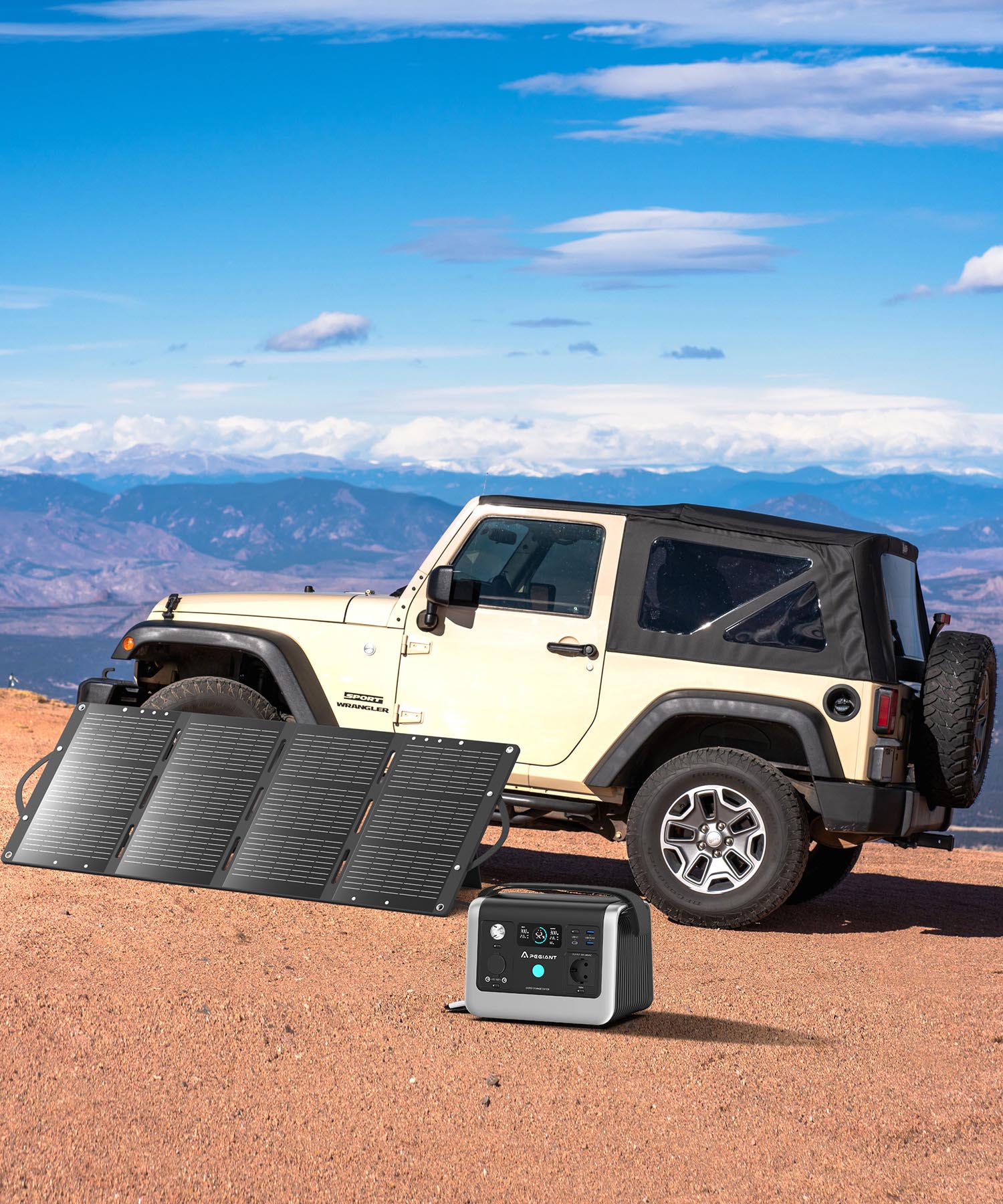

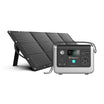
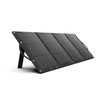


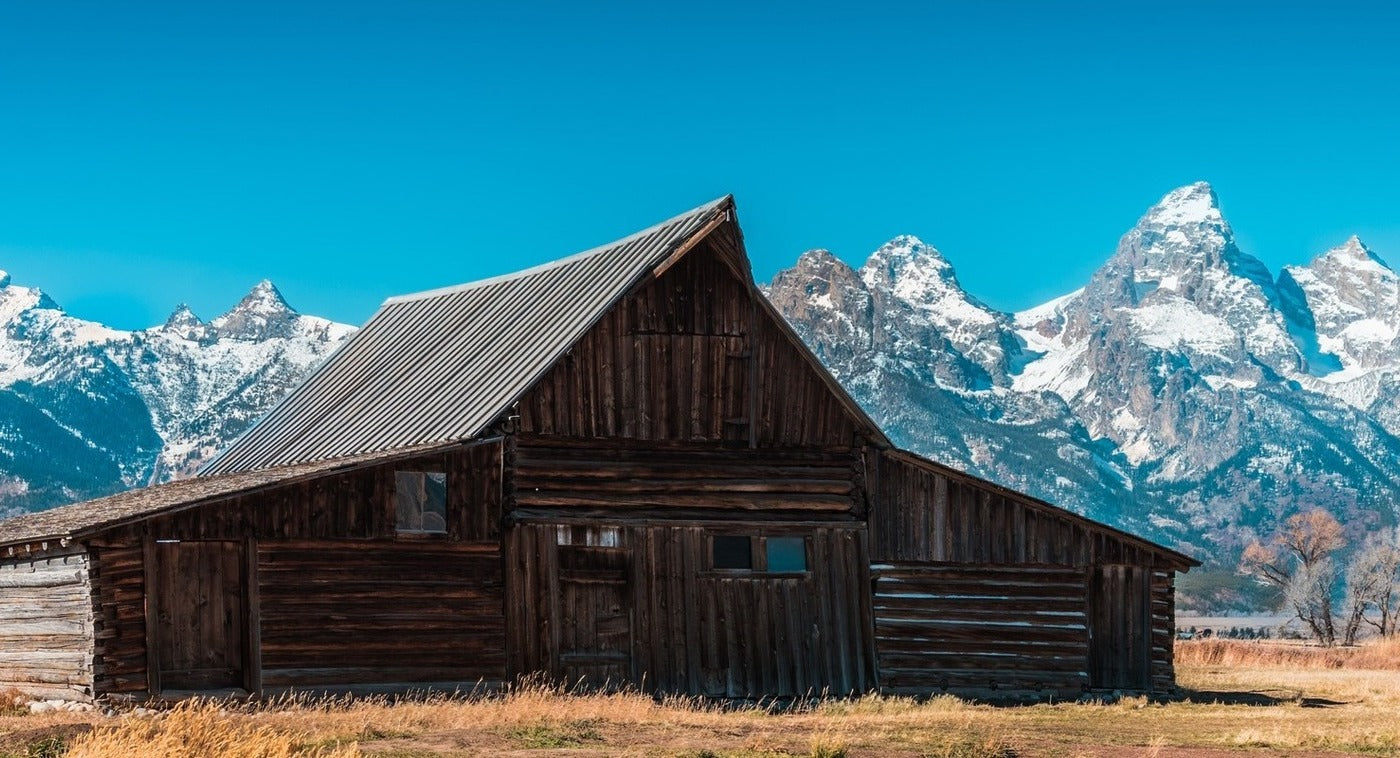
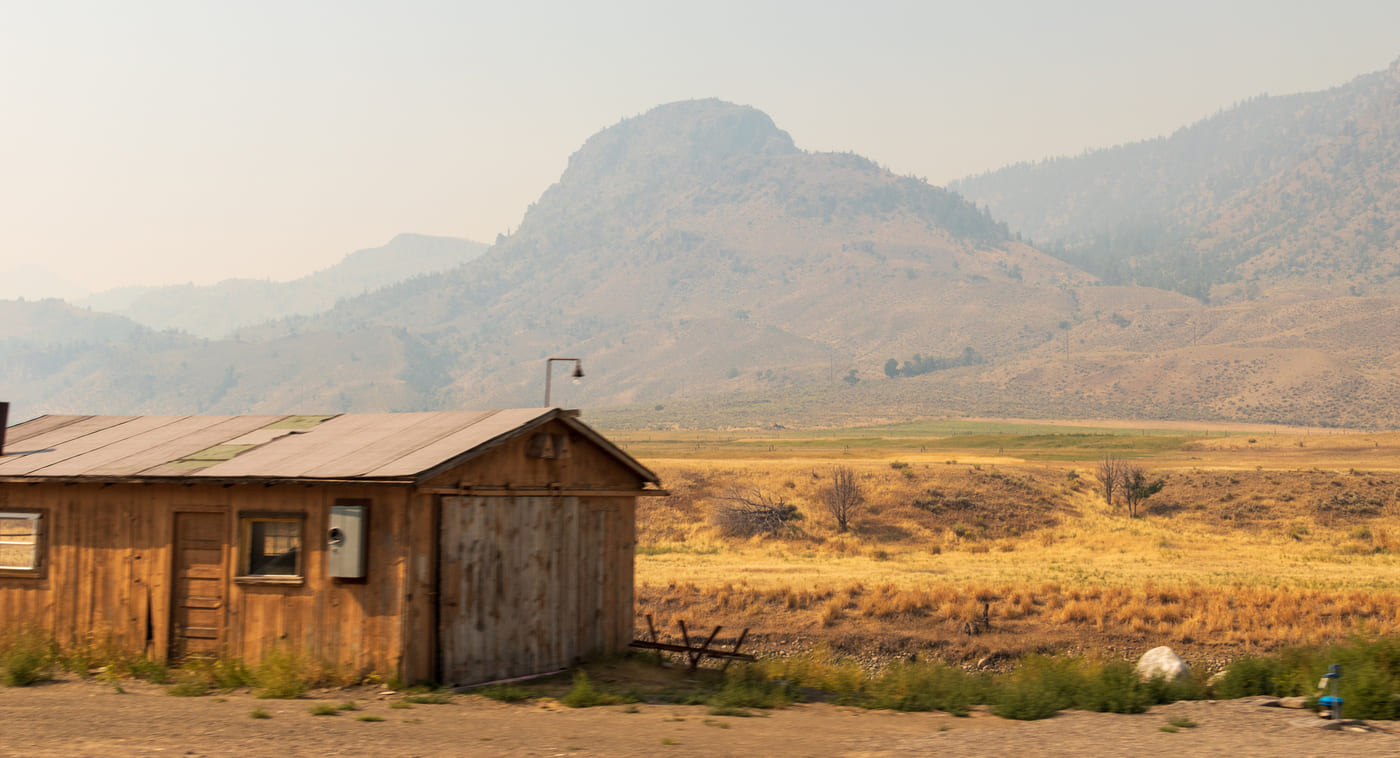
Leave a comment
This site is protected by hCaptcha and the hCaptcha Privacy Policy and Terms of Service apply.